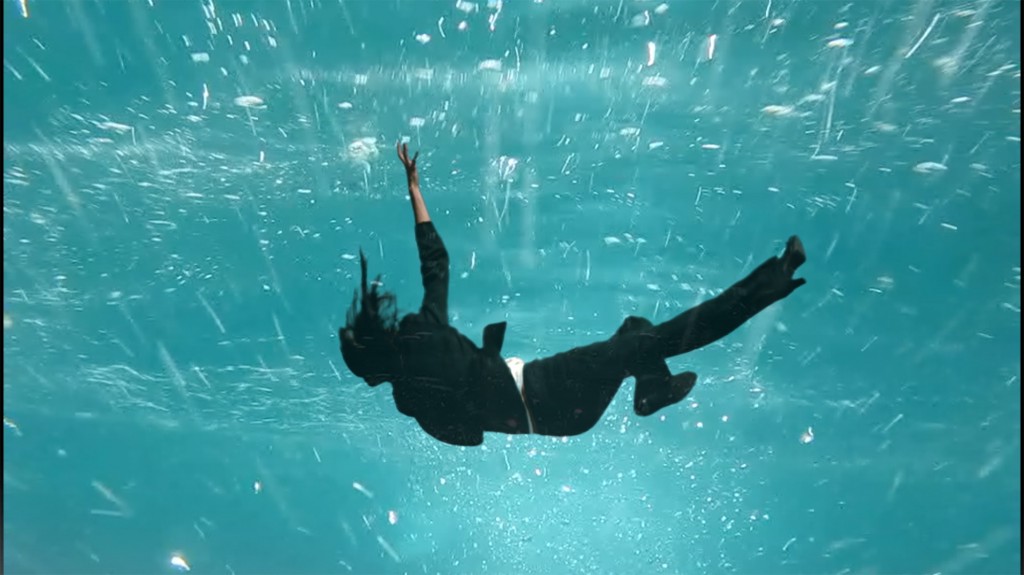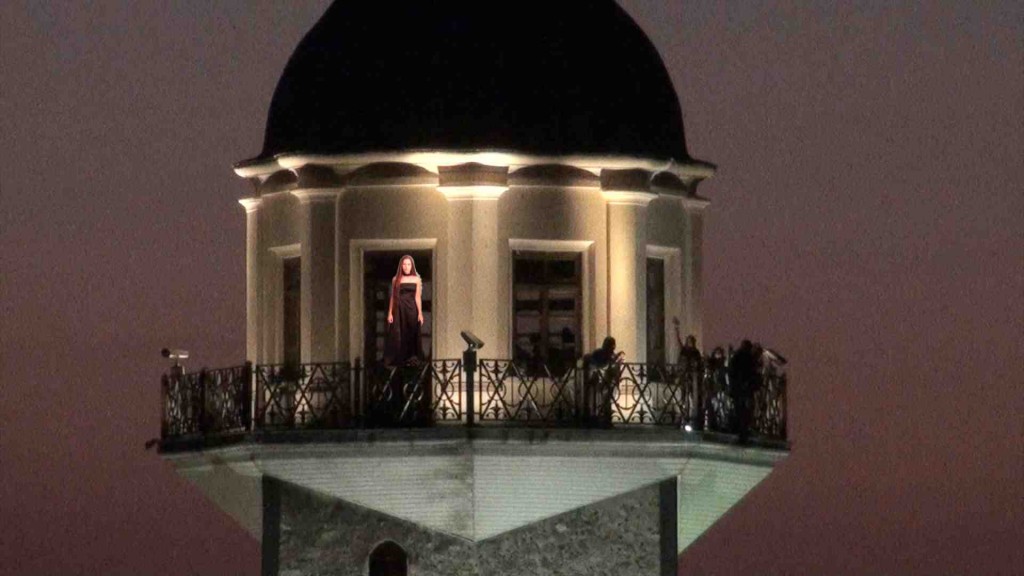By Eva Kekou
Janet Bellotto is an artist from Toronto, who splits her time teaching as an Associate Professor and Assistant Dean of the College of Arts and Creative at Zayed University, Dubai. Bellotto’s work has been shaped as waves of experience that are fluid and aqueous, edging between the tactile and the imagined. Her work encompasses sculpture, installation, photography, video and performance, and she engages in projects that promote cultural exchange. Her work has been exhibited in a variety of collective, group and solo exhibitions internationally.
Summary: Janet Bellotto, a Canadian artist who has been living in Dubai for the last eight years, discusses the development of her work and projects with Eva Kekou. The interview provides insight into the development of the art community and the learning environment in Dubai. With ISEA2014 to be hosted in Dubai and the United Arab Emirates in November 2014, Bellotto describes the importance of this international event.
Evak Kekou: Can you give us some information about your background and your work?
Janet Bellotto: I’m an artist from Toronto, and I split my time practicing and teaching in Dubai. I work with a variety of media and platforms —installation, sculpture, photography, video, performance —and curating projects/exhibitions is also something I’m involved with. Overall it is water that I connect in my work, and the fluidity that exists between reality and illusion or fantasy. I’m interested about discussing the “edge” of the everyday and using narratives as a vehicle to do so.
EK: What does fluidity mean for you and how this is evident in your work?
JB: I view fluidity as something that connects between different points, which can blur the edge, between reality and fantasy, between moments, with no beginning or end. I look at water and the fluidity it creates metaphorically in our lives—it is what connects us to the rest of the world and makes up most of our body. There is also a connection to time—where our memories are fluid and aqueous.

EK: I know you work at Zayed University. Can you give us some information about the art scene in Dubai, about artists there and about how interested the audience is in art, particularly new forms of technological like media art and/or public art?
JB: The art scene is growing and diversifying. It has been the introduction of art fairs that have helped to provide new ideas and encourage a larger interest in the arts. The country as a whole promotes a strong cultural mandate that includes art, however the local artists and platforms have a lot of room for growth. I don’t think the discussion is really just about interest, but about educating, and audiences learning about forms they have never encountered or had the chance to learn about. In the last year, installations using technology, whether kinetic or video, have started to appear. Sound and ephemeral works have been showing up in group exhibitions in the last few months, including work by Ryoji Ikeda.
EK: We would also like to know a bit more about the educational system. How does it work? Also, what has your experience as a teacher over there been like?
JB: The overall education system can be compared to either British or a North American model. There are private and public (government funded) schools. The public system is free for Emirati citizens, and the K-12 is primarily taught in Arabic. The university system works in the same way. Zayed University, where I work, is funded by the federal government, and students have certain requirements to maintain their full-time status at the university. The private universities are fee paying, and many are satellite campuses from universities from the UK, Australia, the USA, etc.. Design programs are much more popular, due to the clear career opportunities, whereas visual art is slowly growing.
I think my experience is not unlike anywhere else one might teach, but with different challenges. Depending where one is from, cultural understanding is an important tool to discuss Eastern and Western ideologies. In regards to art, there are not many primary resources, like what you can find in a museum in New York City or Paris for example. However, these kind of challenges makes teaching interesting because it let’s you develop new teaching methodologies and room for experimentation.

EK: What is your experience of a cosmopolitan city like Dubai coming from overseas?
JB: Dubai is a city you must visit once to understand the exquisite contradictions it offers. You can find almost anything you need. It’s made up of a majority of expats, so at times you feel like being in any other major city. When I first arrived here in 2006, the first impression reminded me of Los Angeles, because of the large roads, cars, and too far to walk to get to most places, but weaved with a different cultural context. It’s easy to communicate and move around in the city, and you can still find some interesting old spots. One of my favourite places is to hang out by the creek watching the boats go by.
EK: You are organizing ISEA2014, upcoming in November of 2014. What is the vision for this ISEA? What are its aims and why is it important to have the first ISEA meeting in the Middle East?
JB: ISEA2014, with its theme of location, aims to be a point of cultural exchange and a place to meet and share, learn, collaborate about ideas developing with art, science and technology. As this is the first time ISEA will be presented in the Middle East, we hope this will provide a great opportunity for delegates who were not able to travel to past symposia. We also want to showcase what is happening in the region, which might not always get seen otherwise. ISEA is about innovation so we see it as our task to educate the public about innovative projects, and to provide a platform for emerging and experimental practices and the developments within creative industries.

EK: Can you tell us about your current art projects?
JB: I just concluded a solo exhibition in Istanbul, “Residuals of Gravity”. It is the result of research looking at personal disasters, influenced by ex-voto paintings at the Sanctuary of Castelmonte in Italy, and by the collective memory of natural disasters. I appropriate images on the net of the wrecks of natural disasters, and inserted people back into them. The images, encased in tin boxes, are a source of warnings and hope. The videos “The Slow Decline” and “Look Out” were projected; the latter was based on some of the tragic stories of the Maiden Tower in Istanbul.
EK: What future projects do you have in mind?
JB: Most of my time this year will be concentrating on the development of ISEA2014. It’s a huge project with many moving parts. At the same time I am working on a series of videos and installations based on the desert and the sea. It also involves collaborating composer Barnaby Priest, who is developing the musical compositions for the works. We are interested in revealing and capturing the history of nomads and their stories that have become engulfed by urban development. We plan to present one these works this spring in Dubai with a live performance of the music.